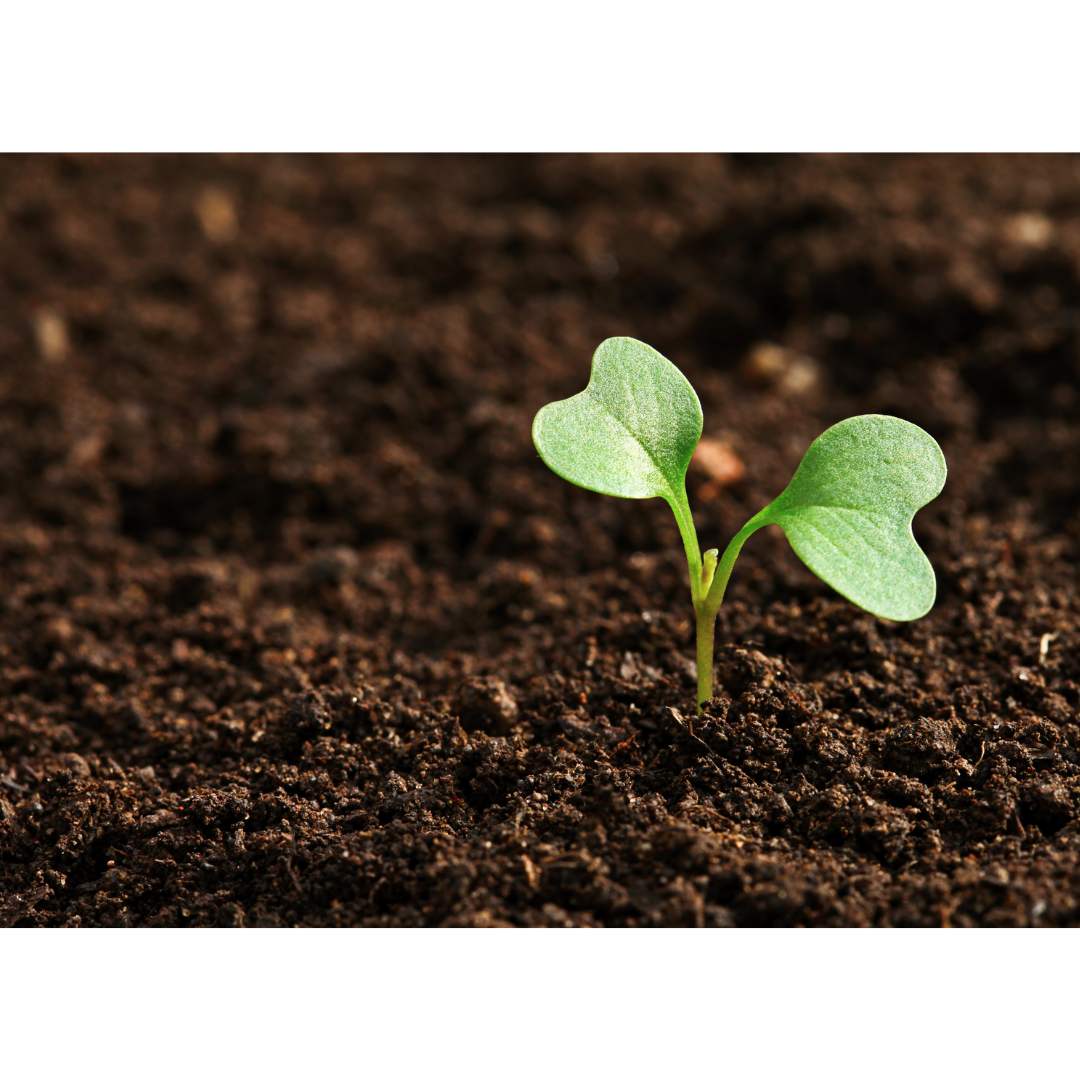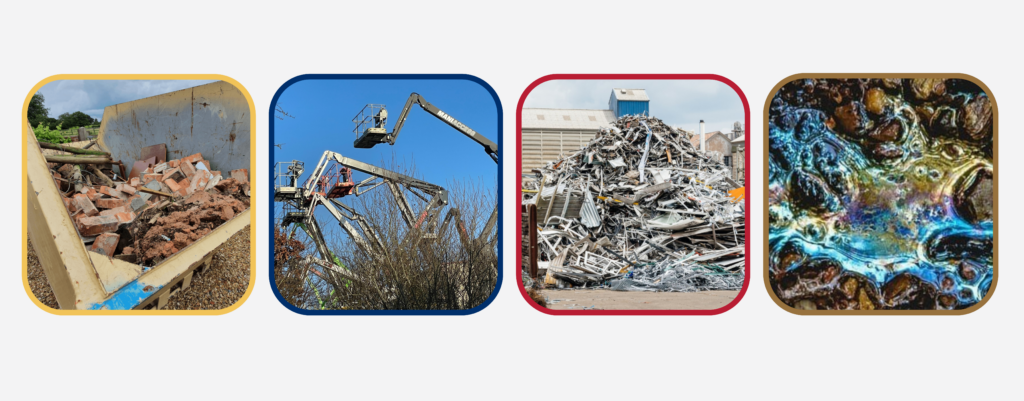World Soil Day, observed annually on December 5th, has the purpose of educating people about the significance of maintaining good soil quality. This year’s theme is ‘Soil & Water – A Source of Life,’ emphasizing the crucial role they play in our food system.
Today, on World Soil Day, we reflect on past projects focused on treating contaminated soil. Contaminated soil refers to soil that has come into contact with substances potentially hazardous to health or the environment. These substances may include not only soil but also materials like concrete and block paving.
Causes of Contamination: Contamination can result from accidental spills, industrial activities, the use of agricultural chemicals, or improper waste disposal.
Common Contaminants: The most common contaminants include petroleum, solvents, pesticides, lead, and other heavy metals.
Hazards of Contaminated Soil: Contaminated soil poses risks to humans and animals. Hazardous substances may enter the food chain through plants grown in contaminated soil or directly affect humans and animals through skin contact or accidental ingestion.
Health Risks: The health risks associated with contaminated soil depend on the type of contamination, the environment, and the mode of contact. Possible effects range from minor issues like skin irritation, headache, fatigue to more severe respiratory problems.
Identifying Contamination: Identifying contamination can be challenging. Visible indicators such as soil discoloration or strong odors may be present. Knowledge of the land’s history, such as previous industrial use, mining, or waste disposal, can also suggest contamination. In the absence of obvious signs, a sample test is the only reliable method.
Soil Testing: For soil testing, contact Site Solutions. We provide end-to-end services, including arranging haulage and treatment. We ensure you receive proper documentation to prove that the job has been done right. Our analysis can determine whether the soil is hazardous or non-hazardous.
Soil Treatment Methods: Treatment methods include chemical oxidation, soil stabilization, or physical methods like soil washing, depending on the contamination type. Our national network of treatment sites ensures the most economical disposal method, prioritizing recycling for reuse over occupying valuable landfill space.



